How to make a hallway that’s more than just a dumping ground
The best hallways create a bold statement. Amelia Thorpe explains.
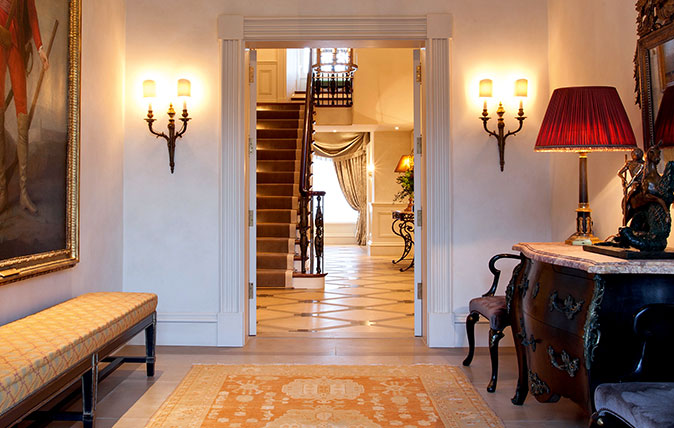

Although the houseproud among us lavish huge amounts of love and care on sitting rooms, kitchens and bathrooms, the hallway is all too often seen as a dumping ground.
However, in an ideal world, a hall will make an aesthetic statement. ‘It should be filled with things you enjoy,’ says the designer Sophie Conran.
‘The hall not only makes the first impression on your guests, it’s also the room that welcomes you back.’
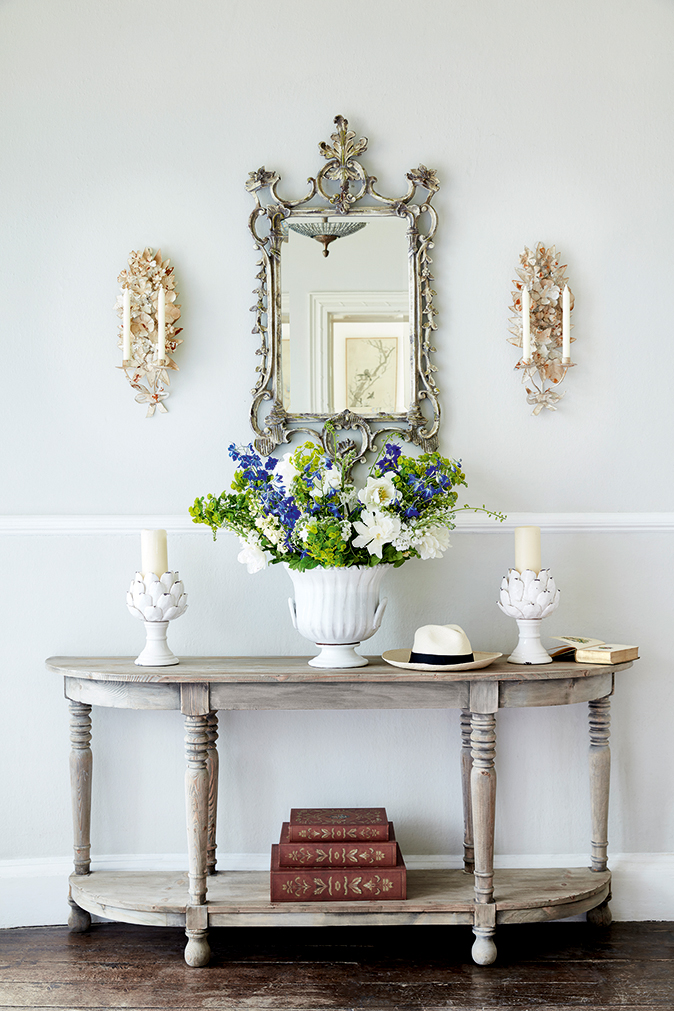
There are a few essentials (a table for letters and parcels, dog leads, keys and umbrellas), but it’s the less prosaic elements that tend to be the most fun – pictures, collections and wall hangings that create a distinctive mood.
Sophie is a fan of mirrors in a hallway, not just because they maximise the amount of natural light in a space, but for a quick check of your appearance (‘no scrambled egg on your chin before you go out’).
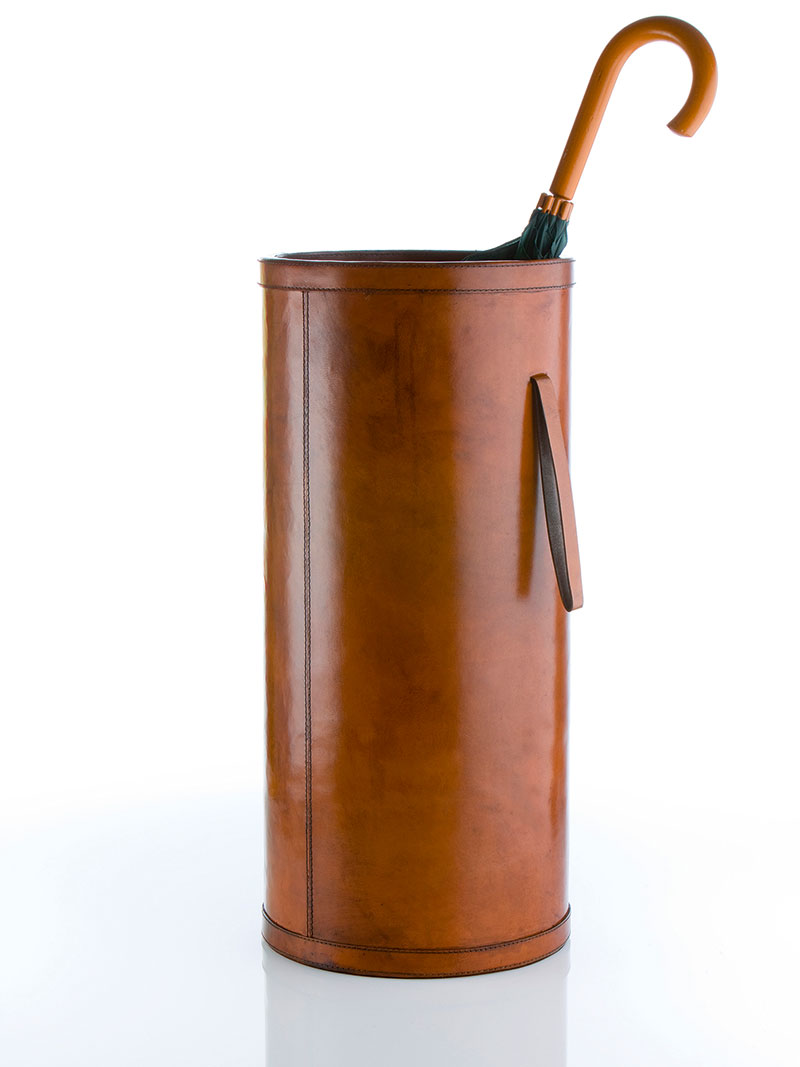
Floors
Given that the hall is likely to see plenty of coming and going, hardwearing flooring is the best choice. Make the most of original flagstones or encaustic floor tiles if you’re lucky enough to have them, otherwise there are plenty of highly durable natural stone and porcelain floor tiles available.
Wood and rugs or runners is a combination that offers warmth, texture and comfort – just be sure to avoid pale colours if you have mud-loving children and dogs.
Sign up for the Country Life Newsletter
Exquisite houses, the beauty of Nature, and how to get the most from your life, straight to your inbox.
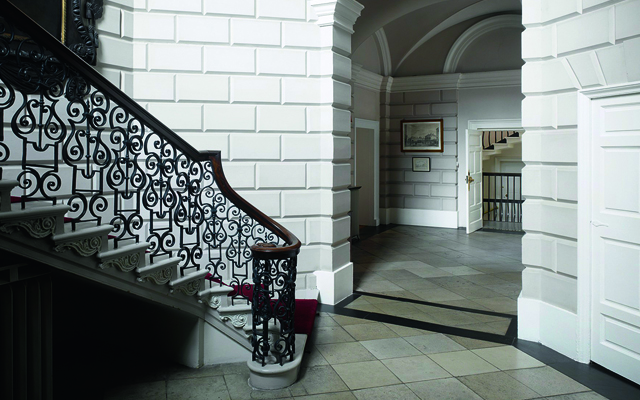
Colour
‘Elegant and restful colours help the space to interact with the adjacent rooms, but there is a good case to be made for throwing caution to the wind and creating a bold, dramatic opening statement,’ suggests interior designer Janine Stone. ‘This can add to the “wow factor” and punctuate the energy of the home with real verve.’
Much depends on personal choice and your furniture and paintings. For example, a restrained colour scheme may create a neutral backdrop to striking antique pieces or a sculptural staircase, although punchier or dark wall colours may work well in creating an individual identity.
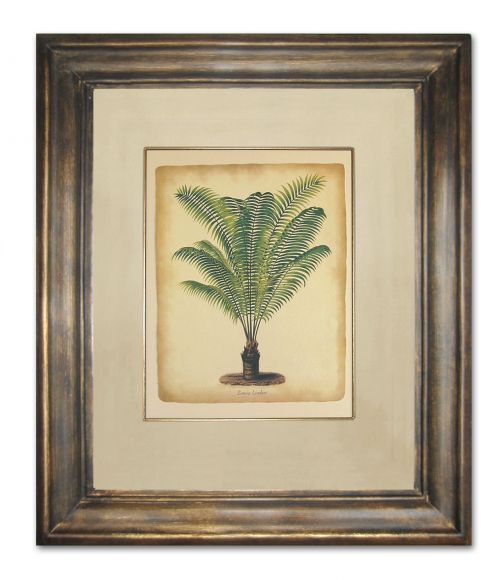
‘Why not be brave in ways that you would never dream of in a sitting room or kitchen, which you use all day’ suggests interior designer Emma Sims Hilditch. ‘You could paint the walls charcoal or a beautiful bright blue to create real impact.’
She recommends using just a thread of the colour to run through a stair runner or in sitting-room curtains, for example, to create a cohesive feel to the whole house.
Lighting

‘It’s important to have a variety of levels of light to help create several atmospheres at different times,’ advises Emma, who recommends a combination of a ceiling light, such as a chandelier or lantern, mid-height light from table lamps or wall lights and low-level light, such as step lights.
‘And think about scale – a tall candlestick lamp or an extra-large lantern will have amazing impact.’
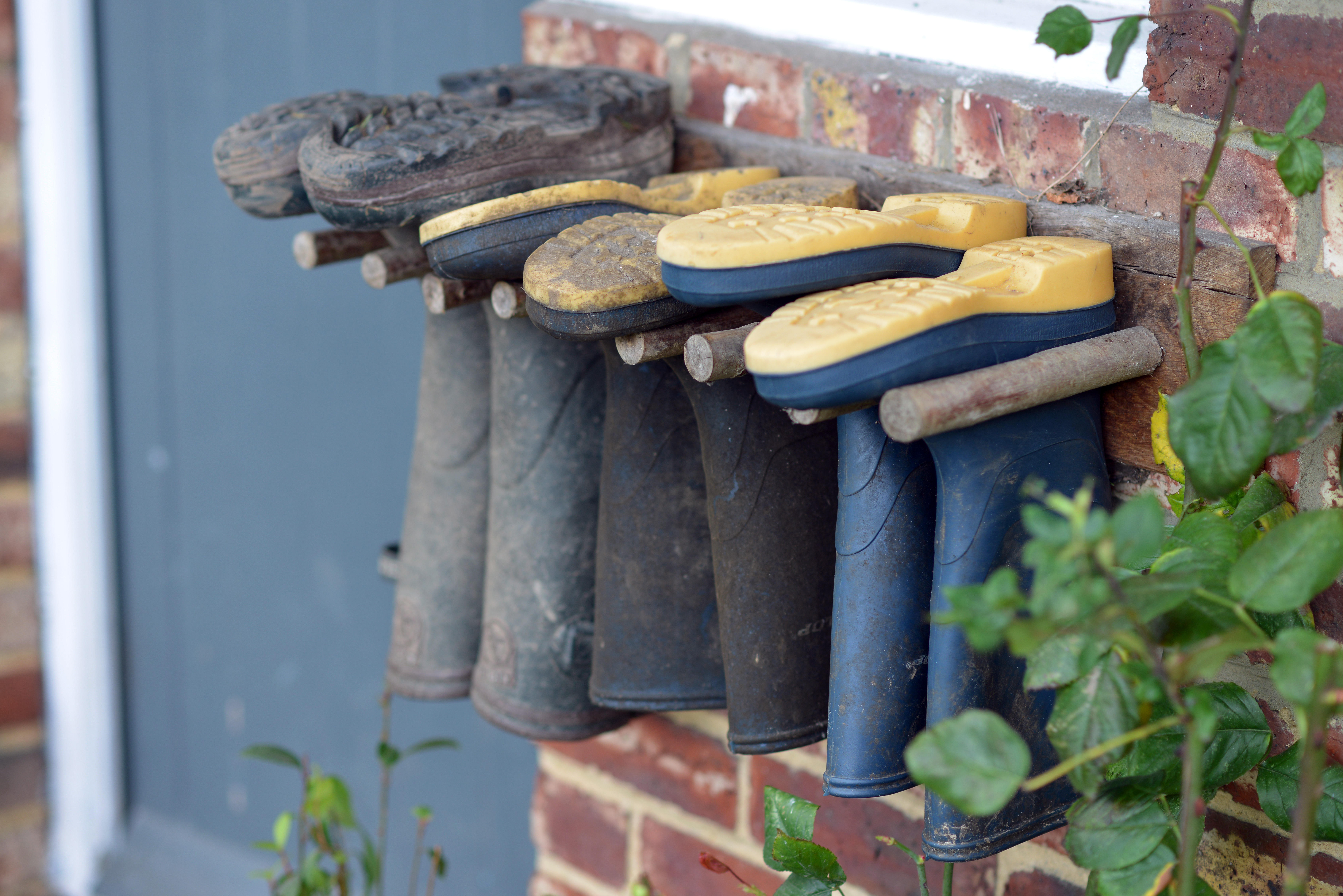
Credit: Alamy
Best wellington boots: The finest wellies you can buy
There's nothing quite so vital to life in the countryside as a decent pair of wellies. Country Life's luxury editor

Country Life Top 10: Fireplaces – The best hearths and chimneypieces you can buy
Giles Kime casts his eye over the finest fireplaces in the land.
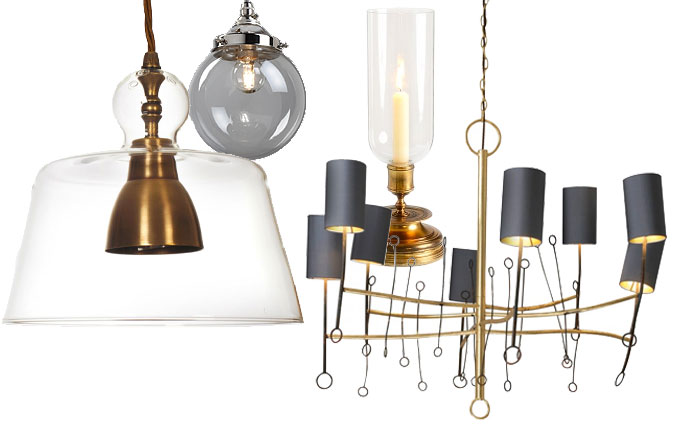
Credit: Lighting top 10
Country Life Top 10: Lighting – The best lamps, chandeliers and lights you can buy
Our interiors expert Giles Kime guides you towards the most beautiful lighting on the market today.
Country Life is unlike any other magazine: the only glossy weekly on the newsstand and the only magazine that has been guest-edited by HRH The King not once, but twice. It is a celebration of modern rural life and all its diverse joys and pleasures — that was first published in Queen Victoria's Diamond Jubilee year. Our eclectic mixture of witty and informative content — from the most up-to-date property news and commentary and a coveted glimpse inside some of the UK's best houses and gardens, to gardening, the arts and interior design, written by experts in their field — still cannot be found in print or online, anywhere else.
-
 'To exist in this world relies on the hands of others': Roger Powell and modern British bookbinding
'To exist in this world relies on the hands of others': Roger Powell and modern British bookbindingAn exhibition on the legendary bookbinder Roger Powell reveals not only his great skill, but serves to reconnect us with the joy, power and importance of real craftsmanship.
By Hussein Kesvani
-
 Spam: The tinned meaty treat that brought a taste of the ‘hot-dog life of Hollywood’ to war-weary Britain
Spam: The tinned meaty treat that brought a taste of the ‘hot-dog life of Hollywood’ to war-weary BritainCourtesy of our ‘special relationship’ with the US, Spam was a culinary phenomenon, says Mary Greene. So much so that in 1944, London’s Simpson’s, renowned for its roast beef, was offering creamed Spam casserole instead.
By Country Life
-
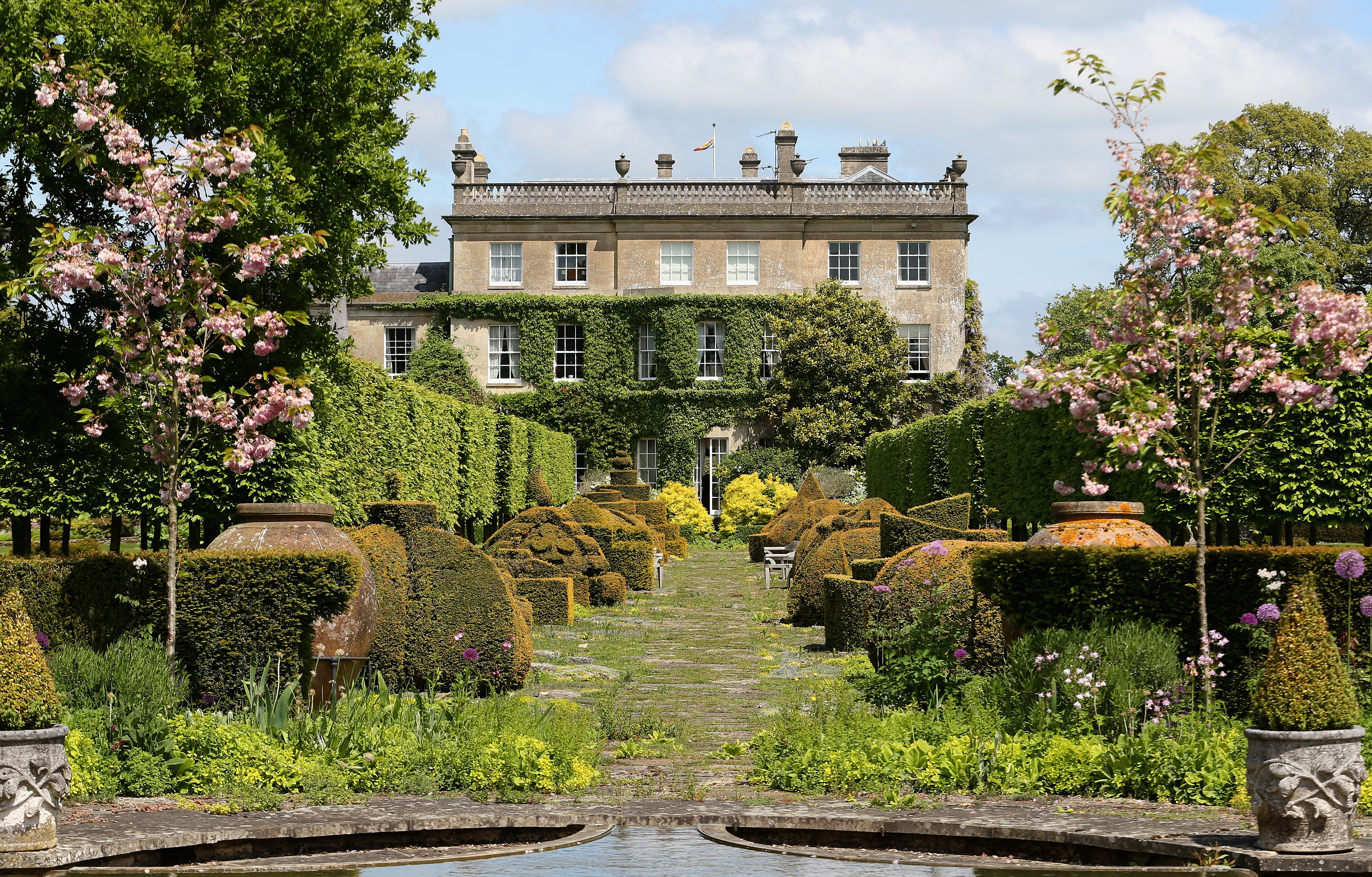 Sanderson's new collection is inspired by The King's pride and joy — his Gloucestershire garden
Sanderson's new collection is inspired by The King's pride and joy — his Gloucestershire gardenDesigners from Sanderson have immersed themselves in The King's garden at Highgrove to create a new collection of fabric and wallpaper which celebrates his long-standing dedication to Nature and biodiversity.
By Arabella Youens
-
 Designer's Room: A solid oak French kitchen that's been cleverly engineered to last
Designer's Room: A solid oak French kitchen that's been cleverly engineered to lastKitchen and joinery specialist Artichoke had several clever tricks to deal with the fact that natural wood expands and contracts.
By Amelia Thorpe
-
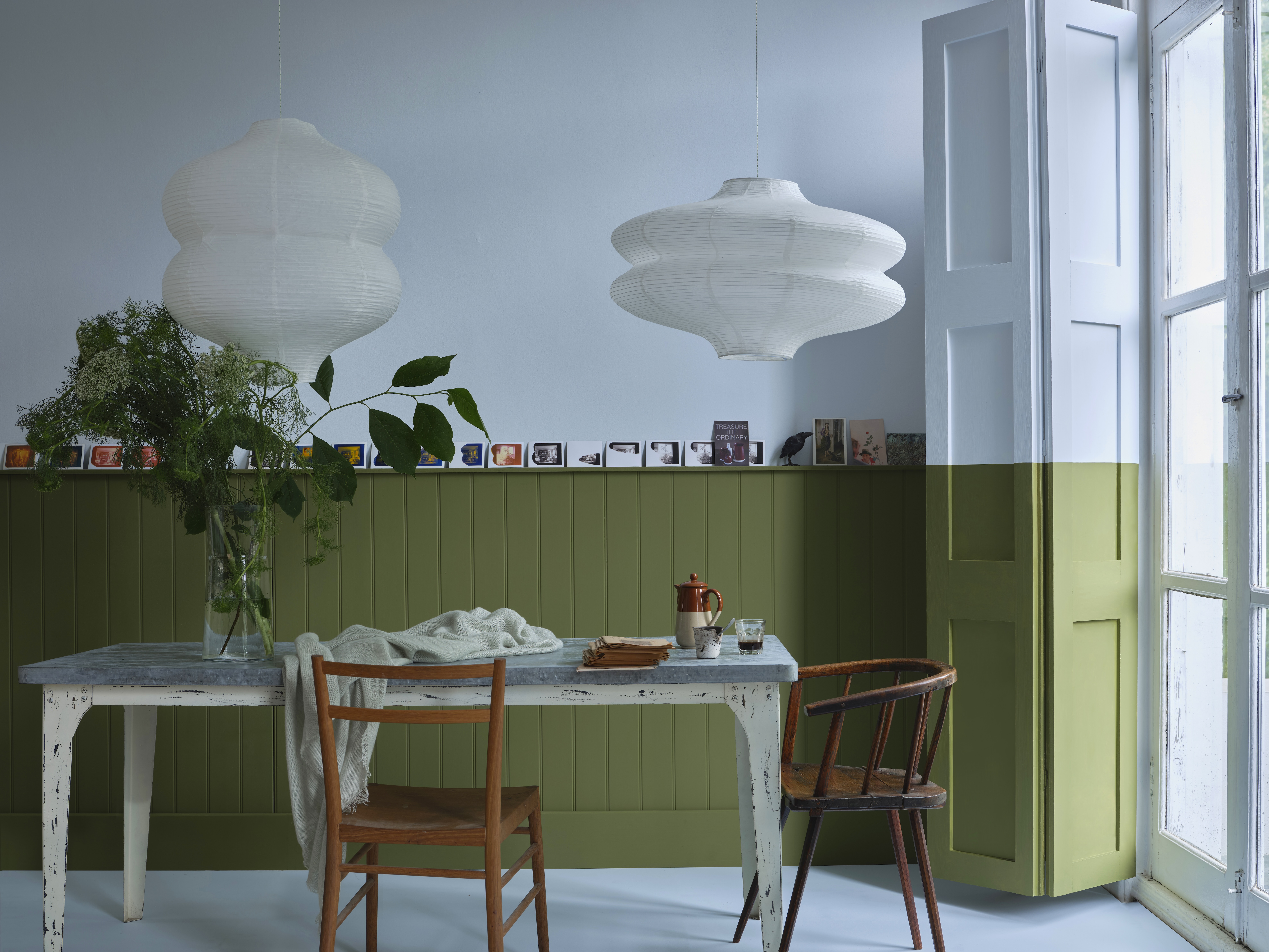 John Sutcliffe — The man, the myth and the paint-naming legend behind Dead Salmon and Elephant's Breath
John Sutcliffe — The man, the myth and the paint-naming legend behind Dead Salmon and Elephant's BreathBy Carla Passino
-
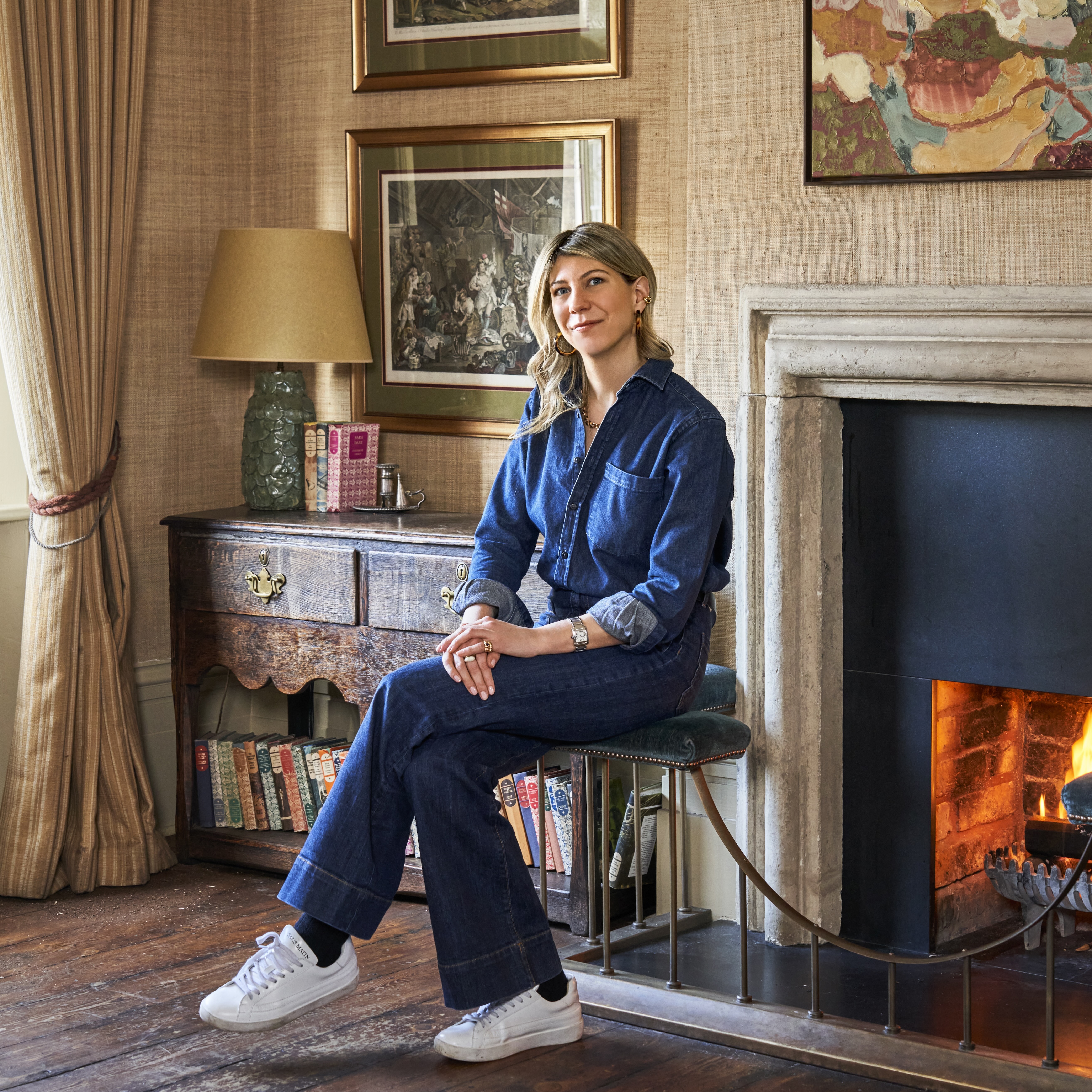 The power of the youthful gaze: A new generation tackles modern day design conundrums
The power of the youthful gaze: A new generation tackles modern day design conundrumsHow is a new generation of interior designers responding to changing lifestyles, proliferating choice, the challenges of sustainability and the tireless demands of social media?
By Arabella Youens
-
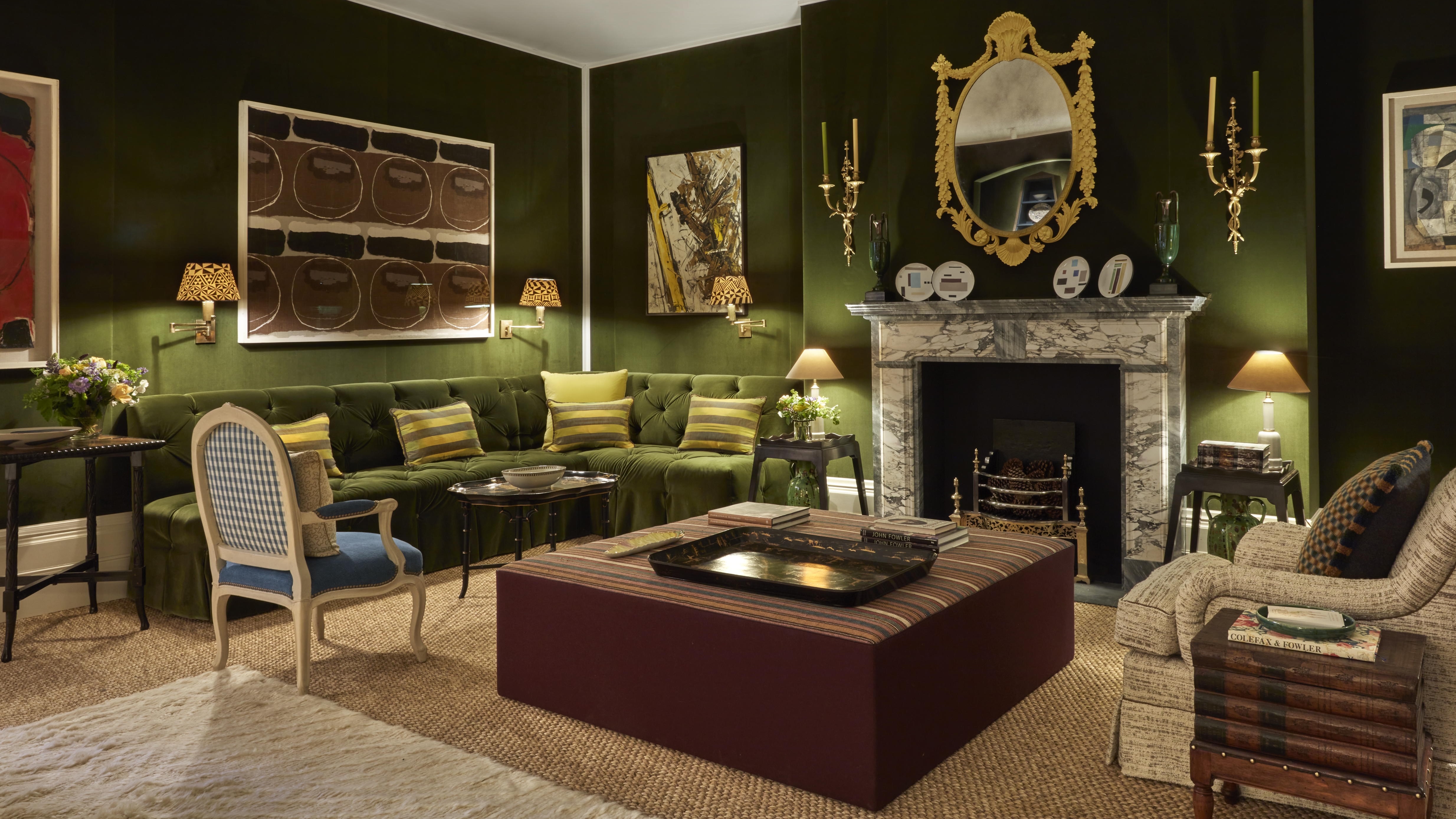 'Rooms can be theatrical and comfortable at the same time': Top tips for decorating with conversation in mind
'Rooms can be theatrical and comfortable at the same time': Top tips for decorating with conversation in mindCarefully placed furniture encourages conversations, says Emma Burns, of Sibyl Colefax & Fowler
By Country Life
-
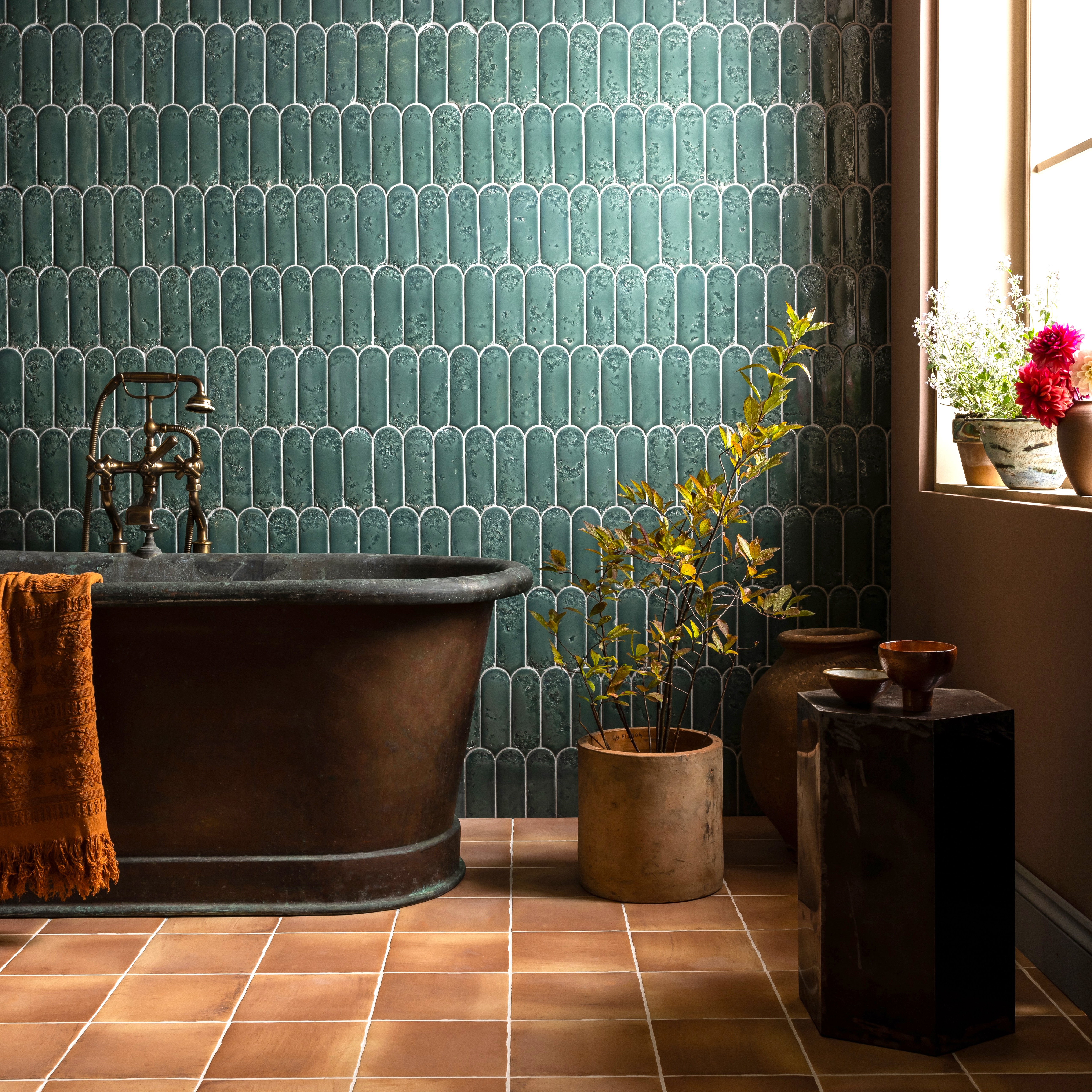 A tub carved from a single block of San Marino marble — and nine more beautiful things for the ultimate bathroom
A tub carved from a single block of San Marino marble — and nine more beautiful things for the ultimate bathroomThere's a bathroom out there for everyone — whatever your preferred style.
By Amelia Thorpe
-
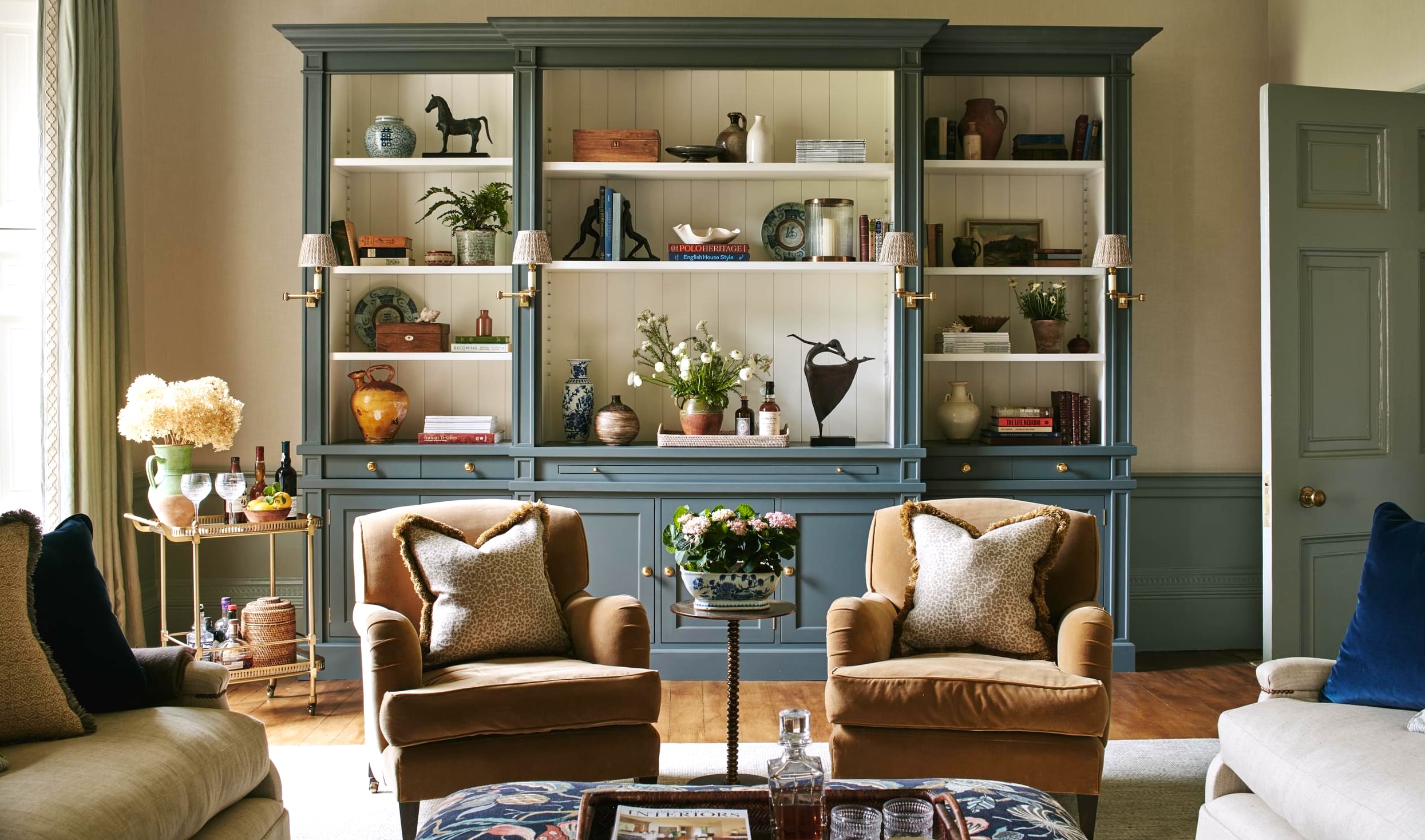 In search of the perfect comfy armchair
In search of the perfect comfy armchairWhat makes the ideal cosy, comfortable armchair? Arabella Youens asks some of Britain's top furniture experts to find out.
By Arabella Youens
-
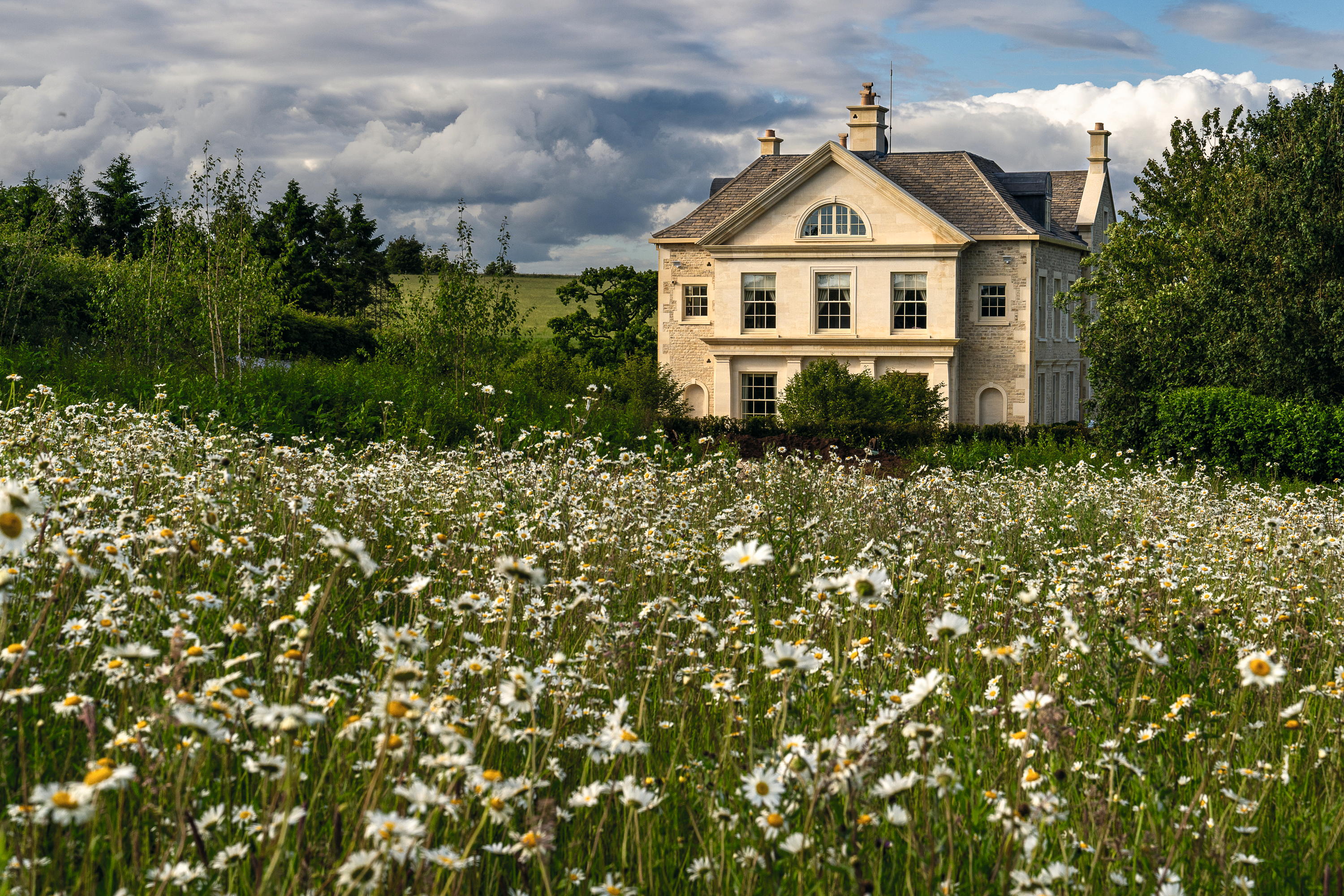 All the new entries in the Country Life Top 100 for 2025
All the new entries in the Country Life Top 100 for 2025Each year, our Country Life Top 100 is completely revised and updated — and several new names appear.
By Country Life